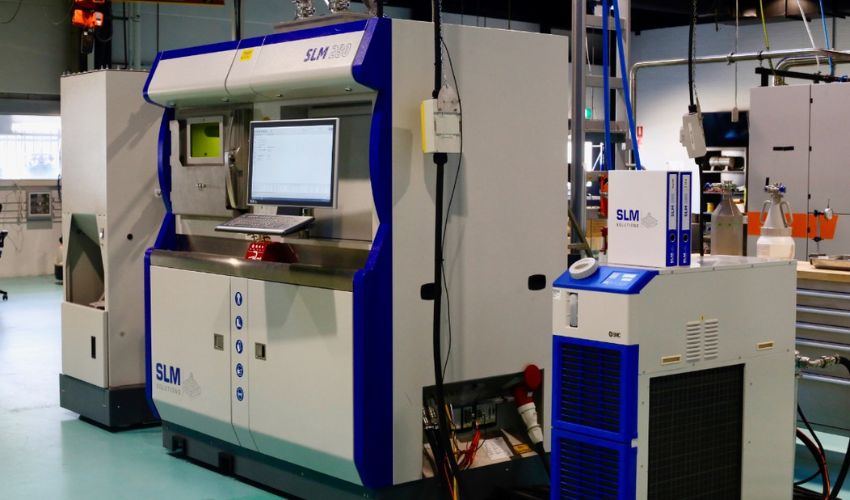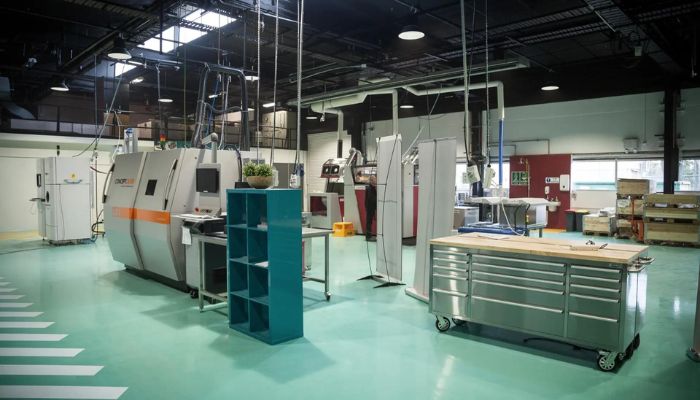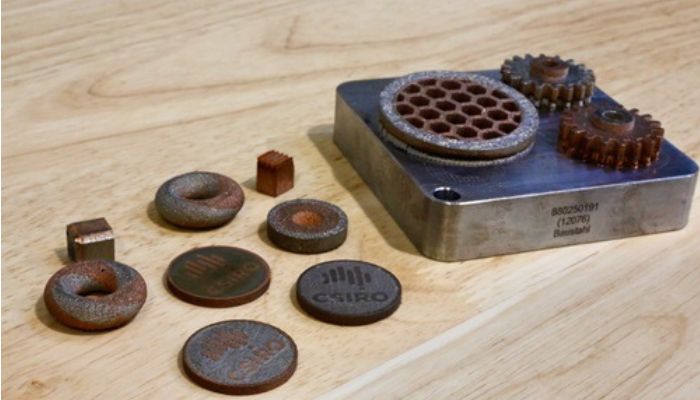Australia’s First Ever Multi-Metal 3D Printer Will Be Used to Boost the Aerospace Sector

The aerospace industry is constantly pushing boundaries, demanding ever lighter and stronger materials for its components, crucial for improving fuel efficiency, range, and overall performance of aircraft and spacecraft. Recently, Australia has made significant strides in this pursuit with the introduction of a novel multi-metal 3D printing technology. This initiative, led by iLAuNCH’s Trailblazer program, aims to revolutionize space missions by improving the efficiency and affordability of aerospace component production within Lab22 of CSIRO, Australia’s National Science Agency.
The focal point of this development is the commissioning of the Nikon SLM-280 (Selective Laser Melting) 3D printer at CSIRO’s Lab22 facility in Melbourne. This state-of-the-art printer is the first of its kind in Australia, boasting the capability to print metals side-by-side in a continuous process. Such technology is particularly suited for aerospace applications, where the demand for lightweight and high-performance materials has grown much over recent years.

CSIRO’s Lab 22 is a significant large-scale 3D printing hub for Australia.
Dr. Joni Sytsma, Chief Technology Officer of iLAuNCH Trailblazer, expressed enthusiasm about the potential impact of this technology on the aerospace industry, stating, “This capability is the first of its kind as a production machine in Australia, in fact, the Southern Hemisphere, and iLAuNCH is pleased to open up new manufacturing possibilities for locally made products.”
By leveraging multi-metal 3D printing, Australian companies can optimize designs, consolidate parts like heat exchangers with integrated corrosion-resistant layers, and reduce mass and costs while improving overall performance. Moreover, this capability offers unprecedented design freedom, empowering engineers to make strategic weight decisions, while still ensuring the structural integrity of the produced components.
Unlocking the Potential of Multi-Metal 3D Printing
This advancement paves the way for a new era of material science in aerospace. By enabling the creation of previously impossible material combinations, multi-metal 3D printing has unlocked the potential for superalloys that can withstand the ultra-high speeds and temperatures encountered during hypersonic travel. Additionally, the technology’s versatility and high customizability offer immense opportunities for innovation beyond hypersonic endeavors, expanding to satellite assembly, radiation shielding, and enhancement of high-performance ground vehicles such as Formula 1 racecars.
The multi-metal SLM-280 printer has already garnered international recognition for its capabilities, having collaborated with leading companies such as CellCore GmbH, ASCO, and The VTT Technical Research Centre of Finland. These projects resulted in the creation of monolithic thrust chambers for rocket propulsion engines, hydraulic valve blocks achieving substantial size and weight reductions, and gooseneck brackets with substantial decreases in buy-to-fly ratio.

SLM-280 multi-metal 3D printed parts
Speaking on the benefits and potential applications of the SLM-280, Donald Godfrey, Global Director of Business Development for Aviation and Defence at Nikon SLM Solutions, added, “For decades, the technology used to bond dissimilar metals was predominantly Hot Isostatic Pressure (HIP) or the actual welding or brazing of two unique metals into one component. Delivering Laser Powder Bed Fusion technology to generate a truly functionally graded material component to CSIRO marks the first time the technology has been taken out of Germany. This technology sets a new cornerstone in the aerospace and defense and space industry for what is possible.”
What do you think of the adoption of this multi-metal 3D printer within CSIRO’s Lab22? Let us know in a comment below or on our LinkedIn, Facebook, and Twitter pages! Don’t forget to sign up for our free weekly newsletter here, the latest 3D printing news straight to your inbox! You can also find all our videos on our YouTube channel.
*All Photo Credits: CSIRO







